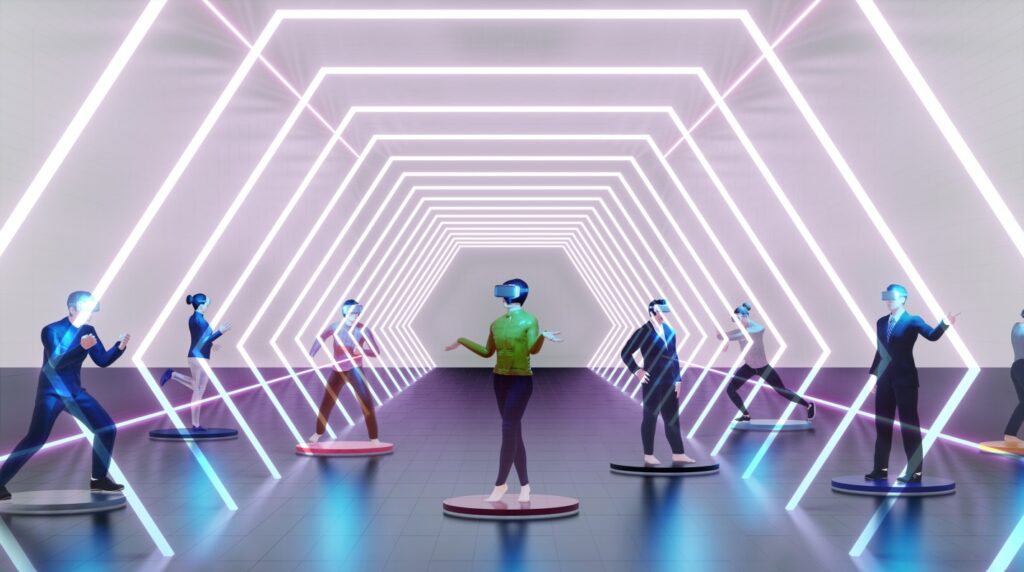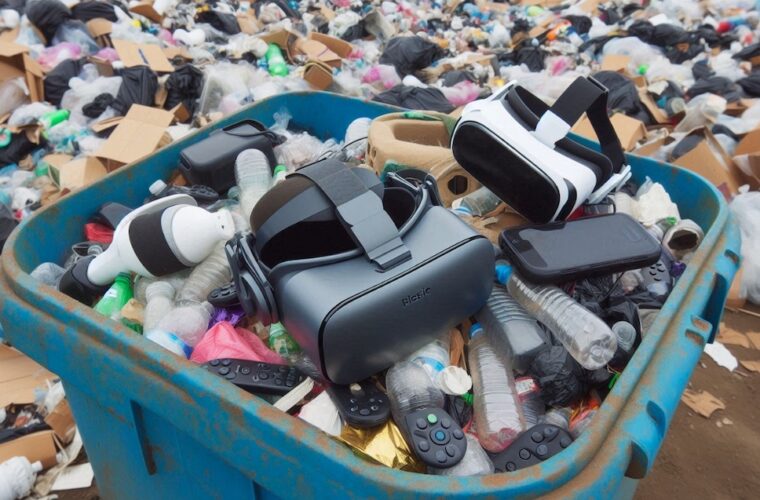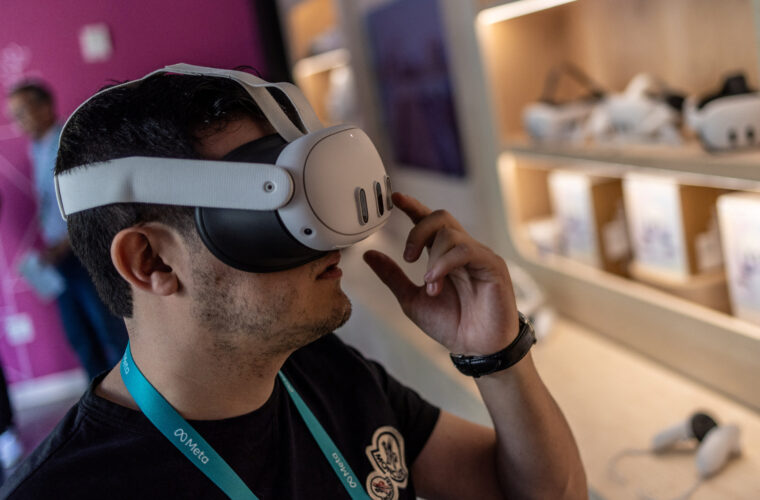Realverse defined
Albert Einstein once said that reality is far from an illusion, but if it is, it is persistent. Through fantasy literature and the world of video games, many theorists have tried to render in different words these alternate worlds created by human imagination and supported by technology nowadays. It is evident that with the development of technology nowadays due to the internet and the 3D virtual world, it made its appearance and the metaverse. The metaverse is a digital reality that combines social media, online gaming, augmented reality (AR), virtual reality (VR), and cryptocurrencies to allow users to interact virtually. Augmented reality uses visuals, sound, and other sensory stimuli in real-world conditions to enhance the user experience. In contrast, virtual reality is entirely virtual and creates entirely fictional realities.
As the metaverse or metauniverse grows, it will create online spaces where user interactions are more multidimensional than current technology supports. Instead of just viewing digital content, users in the metaverse will be able to immerse themselves in a space where the digital and physical worlds converge. With this development, we may call the metaverse a realverse.
Features and Characteristics
To better understand what realverse is, we can use the movie The Matrix as an example. These are environments where we are transported into virtual digital worlds, leaving the analogue (physical) world behind. But how do these two technologies and the real world relate to the digital world? As we can see, virtual reality is supported by an entirely computer-generated environment.
Augmented reality lies between the digital world created by computers and the real world. We are essentially talking about mixed reality. Sometimes, there could be confusion about mixed reality with augmented reality and vice versa, as both refer to a combination of the real and digital worlds. The main difference is that, in the mixed reality environment, we can interact with digital devices which are not only superimposed on the real world but also become an integral part of the world where we can interact with them. In mixed reality, the physical and digital worlds are interconnected and represented by only one reality.

In terms of hardware, we have many devices and objects that facilitate virtual experiences. Their use and handling depend on the context in which they are implemented and used. For example, personal use (such as visiting other places via 360-degree video) requires a certain level of sophistication. Things get more complicated if we want to experience gaming in a virtual environment, while a completely different level of sophistication is required when creating a professional training environment.
Nowadays, virtual reality has been achieved using head-mounted devices. There are two types of head-mounted devices in terms of usability: α) The mobile device that does not need to be connected to another device, such as Oculus Go/Quest and Google Daydream b) The tethered device that requires a connection to a personal computer or video game consoles such as Oculus Rift S and HTC Vive.
Future Usage
Spatial computation is the critical transition step from two-dimensional to three-dimensional interactions. Shashi Shekhar and Pamela Vold, in the book Spatial Computing (MIT Press, 2019), define it as “…a set of ideas and technologies that transform our lives through our understanding of the natural world, awareness, and communication of our relationship with parts of this world and navigating through those parts.”
Spatial computing allows combining the real world with the digital one. By extended reality, we mean that the system has the meaning of the space surrounding it. The system uses the space around the user as a canvas to connect with the user. In essence, the method leverages user interactions (such as body movements, gestures, or other data sources) as stimuli for digital interactions combined with the physical space. It can also be considered the software and hardware framework that supports augmented reality experiences.
Today, spatial computing has made significant progress and created new functions and possibilities in the universe of augmented reality through the evolution of 3D imaging techniques and increased/virtual reality headsets (or hybrid equipment combining both), augmented reality glasses, and touch equipment which makes our interaction with these new realities more natural and authentic and is essentially what we call the Realverse.



